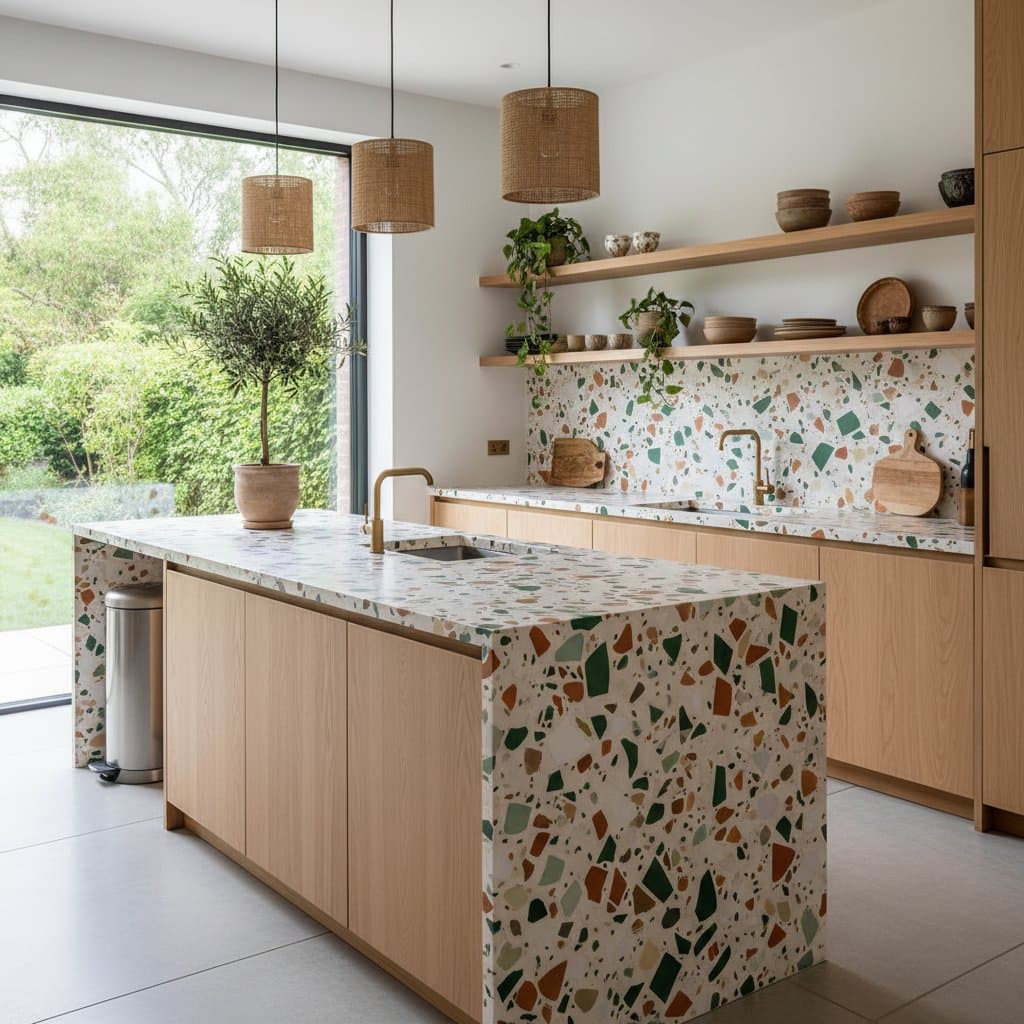Induction Upgrade: Skip the Full Kitchen Remodel
You might be standing in your kitchen, staring at your aging electric or gas cooktop, wondering if you really need to tear out cabinets and counters just to modernize your cooking setup. The good news is that you do not. An induction cooktop upgrade can give your kitchen a fresh, high-performance boost without the cost or disruption of a full remodel.
Here is the opportunity: induction technology delivers faster heat, improved safety, and sleek design. Yet it fits into most existing electric cooktop openings with only minor adjustments. You can change how you cook and how your kitchen feels in a single project weekend.
Let us walk through what an induction upgrade involves, what it costs, and how to make it happen smoothly.
Understanding the Basics
Before you buy, it helps to understand how induction works and what it requires.
- Power Source: Most residential induction cooktops use the same 240-volt circuit as an electric cooktop. If you already have an electric unit, you can likely reuse the wiring.
- Cookware Check: Induction only works with magnetic pots and pans. To test, place a magnet on the bottom of your cookware. If it sticks, you are good to go. Stainless steel, cast iron, and some enameled steel pans usually qualify.
- Cutout Fit: Induction cooktops are available in standard widths such as 30-inch and 36-inch models. Measure your existing cutout carefully to confirm compatibility.
- Ventilation: Induction produces less ambient heat than gas, but proper ventilation is still important to remove steam and cooking odors.
With these basics in mind, you can confidently plan your upgrade.
Comparing Costs to a Full Kitchen Remodel
A full kitchen remodel can easily run $25,000 to $60,000 or more, depending on layout and finishes. By contrast, an induction upgrade, even with professional installation, typically lands between $1,200 and $5,000.
Here is a quick comparison:
| Project Scope | Typical Cost | Timeline | Main Benefit |
|---|---|---|---|
| Full Remodel | $25,000–$60,000+ | Several weeks to months | New layout and finishes |
| Countertop Replacement | $3,000–$7,000 | 3–5 days | Updated surface look |
| Induction Cooktop Upgrade | $1,200–$5,000 | 1–2 days | Improved cooking performance and modern look |
This makes induction one of the most cost-effective ways to modernize your kitchen’s function and appearance without major disruption.
Design and Aesthetic Benefits
Even if you are not changing counters or cabinets, an induction cooktop can make your kitchen look newly updated. The smooth glass surface sits nearly flush with the countertop, creating a sleek, uncluttered look.
Many homeowners use this opportunity to:
- Replace old trim pieces or silicone seals for a clean edge.
- Add under-cabinet lighting that complements the new surface.
- Swap outdated knobs or pulls for brushed metal or matte black finishes.
- Install a modern vent hood for improved function and style.
These small touches can refresh your entire cooking area without touching a single cabinet box.
When to Call a Professional
While many homeowners can handle a simple swap, there are times when professional help is worth the investment.
Hire a qualified electrician or installer if:
- You are converting from gas to electric.
- The new cooktop requires a higher amperage circuit.
- The countertop needs modification.
- You are unsure about the wiring connections.
Electrical safety is not an area to experiment with. The cost of a professional visit is minor compared to the risk of faulty wiring or voided warranties.
Environmental and Energy Efficiency Benefits
Induction cooking is not only faster but also more energy-efficient. Since the heat goes directly into the cookware, less energy is wasted heating the air around your stove. This means lower utility bills and a cooler kitchen during warm months.
In regions where electricity is generated from cleaner sources, induction has a smaller carbon footprint than gas cooking. Even in areas with mixed energy sources, the efficiency gains make induction a strong environmental choice.
Long-Term Value and Return on Investment
Homeowners often wonder if an induction upgrade adds resale value. While it may not increase square footage or add cabinets, it boosts the perceived quality of the kitchen.
If you plan to stay in your home, the return comes from daily convenience. Faster cooking times, easier cleaning, and better temperature control all translate to a more enjoyable kitchen experience.
Making It Happen
Upgrading to an induction cooktop is one of the most practical ways to modernize your kitchen without tearing it apart. It delivers high-end performance, a clean look, and measurable energy savings in a manageable project scope.
Start by checking your electrical setup, measuring your cutout, and comparing models in your price range. If you need help, schedule a brief consultation with an electrician before you purchase.
Soon you will be enjoying cooler, cleaner, and faster cooking sessions without ever lifting a sledgehammer. An induction upgrade proves that sometimes the smartest remodel is the one that skips the remodel entirely.










